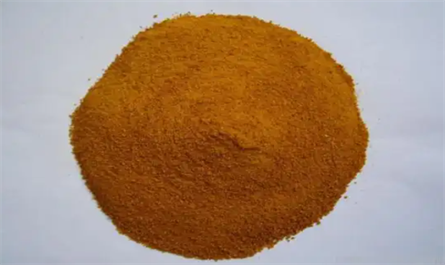Knowledge
-
Relationship between biostimulants and fertilizersDate: 2025-06-13The relationship between biostimulants and fertilizers is mainly reflected in their complementary and synergistic effects in agricultural production. Biostimulants are a new type of fertilizer. Although they do not directly provide nutrients, they can stimulate the physiological and biochemical processes of plants

-
Functions of biostimulant fulvic acidDate: 2025-06-10Fulvic acid: It is the water-soluble part with the smallest molecular weight and the highest content of active groups in humic acid. Its functional groups interact with each other, reflecting a variety of specific physical and chemical properties. After entering the plant body, it can play a variety of physiological functions

-
Functions of biostimulant Humic AcidsDate: 2025-06-06Humic Acids: It is a mixture of various high-molecular organic weak acids formed by the decomposition and transformation of animal and plant residues through microorganisms and a long geophysical and chemical transformation process. It is rich in various active functional groups such as carboxyl, hydroxyl, methoxy, carbonyl, and quinone.

-
Functions of biostimulant amino acidDate: 2025-06-04Amino acid is a general name for a class of organic compounds containing amino and carboxyl groups. It is the basic building block of biological functional macromolecular proteins and the basic substance that constitutes the proteins required for animal and plant nutrition.




